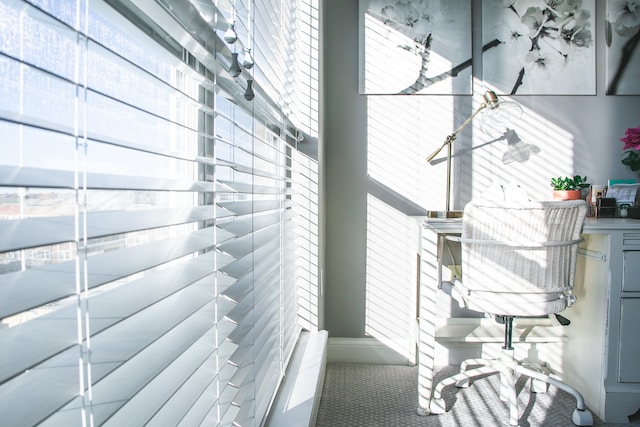Curtains, blinds, and drapes play a vital role in enhancing the aesthetics of our living spaces while providing privacy and light control. However, over time, they can accumulate dust, allergens, and stains, which can impact indoor air quality and diminish their visual appeal. Proper cleaning and maintenance are essential to keep curtains, blinds, and drapes looking their best. In this article, we will provide professional tips on how to effectively clean and care for these window treatments.
Regular Dusting and Vacuuming:
Regular dusting and vacuuming are essential for preventing the buildup of dust and allergens on curtains, blinds, and drapes. Use a soft-bristle brush attachment or a duster to gently remove dust from the surfaces. For blinds, close them and dust each slat individually, starting from the top and working your way down. Vacuuming with a brush attachment can also help remove dust from fabric curtains and drapes.
Spot Cleaning for Stains:
To tackle stains on curtains, blinds, or drapes, it’s important to address them promptly. Check the care label or manufacturer’s instructions for any specific cleaning recommendations. Spot clean stains using a mild detergent or a fabric-safe stain remover. Test the cleaning solution on a small, inconspicuous area first to ensure it doesn’t cause any damage or discoloration.
Machine or Hand Washing:
Many fabric curtains and drapes can be safely machine washed. Check the care label to determine if machine washing is recommended. Use a gentle cycle and cold water, and avoid overloading the machine to prevent damage. For delicate fabrics or those labeled as dry clean only, consider professional dry cleaning for optimal results.
Hand Washing for Delicate Fabrics:
Delicate fabrics, such as silk or lace curtains, may require gentle hand washing. Fill a basin or sink with lukewarm water and a mild detergent specifically designed for delicate fabrics. Gently agitate the curtains or drapes in the soapy water, paying extra attention to stained areas. Rinse thoroughly with clean water and carefully squeeze out excess water. Avoid wringing or twisting the fabric, as it may cause damage or wrinkles.
Professional Cleaning for Specialty Treatments:
If your curtains, blinds, or drapes have special treatments, such as blackout lining or intricate beading, it’s best to consult a professional cleaning service. They have the expertise to handle specialty treatments and ensure proper cleaning without compromising the integrity of the window treatments.
Drying and Reinstallation:
After cleaning, it’s important to dry curtains, blinds, and drapes properly to prevent mold or mildew growth. Hang fabric curtains and drapes on a clothesline or lay them flat on a clean, dry surface. Avoid direct sunlight, as it may cause fading. For blinds, wipe them down with a clean, dry cloth and allow them to air dry completely before reinstallation.
Regular Maintenance and Prevention:
To keep curtains, blinds, and drapes in optimal condition, establish a regular maintenance routine. Dust and vacuum them regularly to prevent excessive dirt and dust buildup. Consider using fabric sprays or treatments designed to repel dust and stains. Avoid smoking or burning candles near window treatments, as it can lead to discoloration and odors.
Conclusion:
Regular cleaning and maintenance of curtains, blinds, and drapes are crucial for preserving their appearance and ensuring a clean and healthy living environment. By following these professional tips, you can effectively remove dust, stains, and allergens while preserving the quality and longevity of your window treatments. Remember to always check care labels, test cleaning solutions on small areas, and seek professional assistance when needed. With proper care, your curtains, blinds
